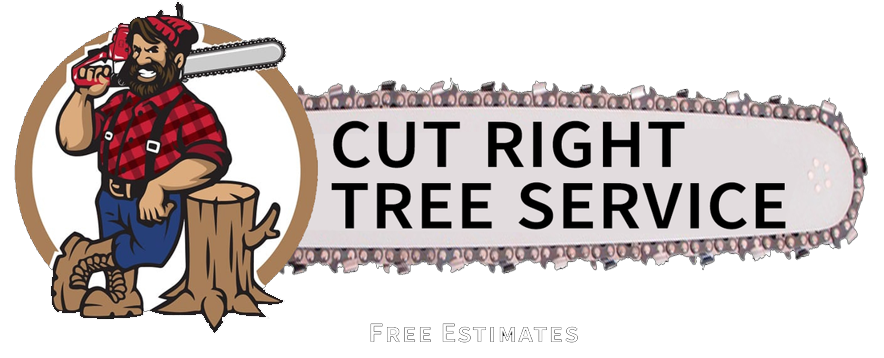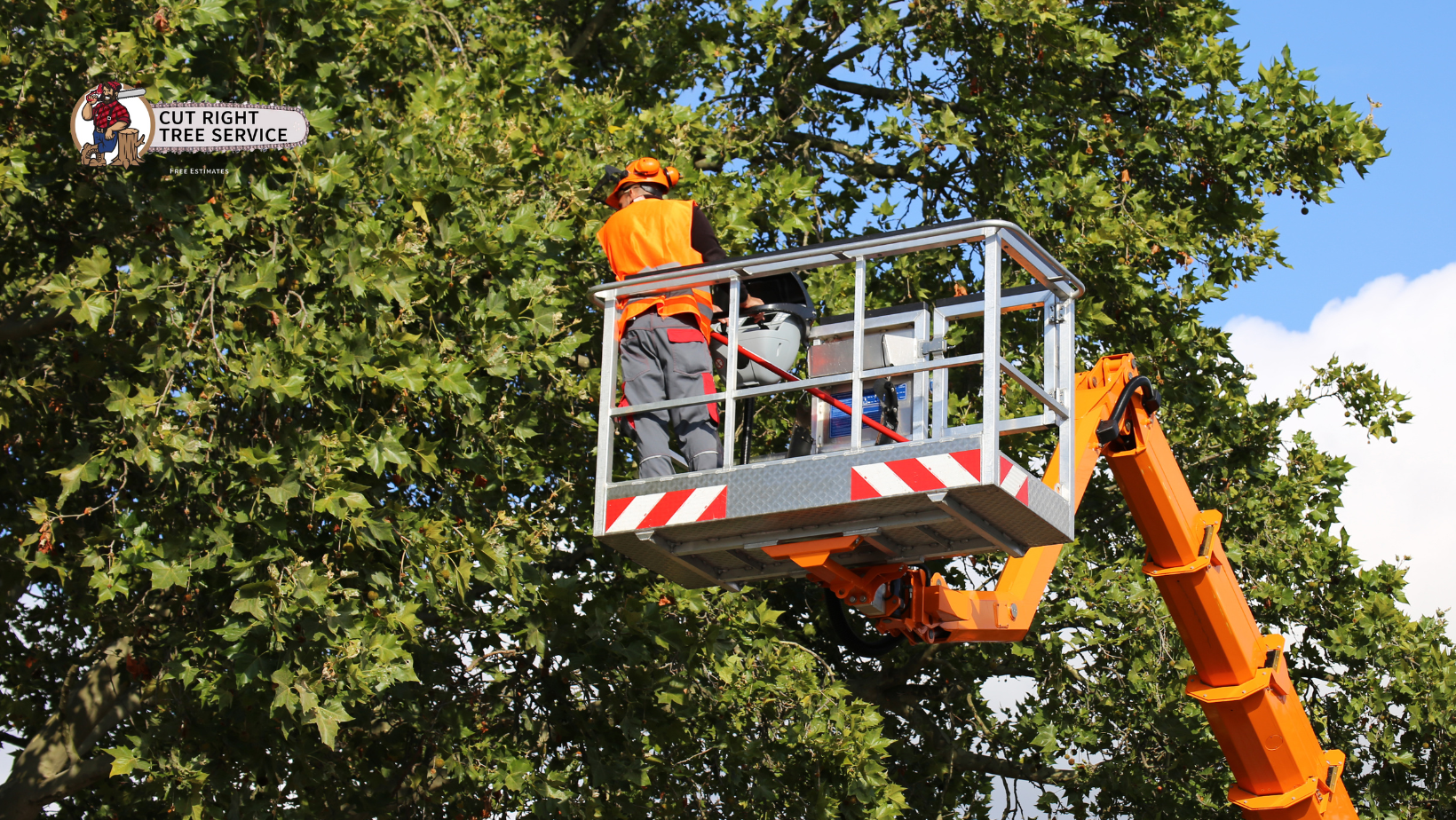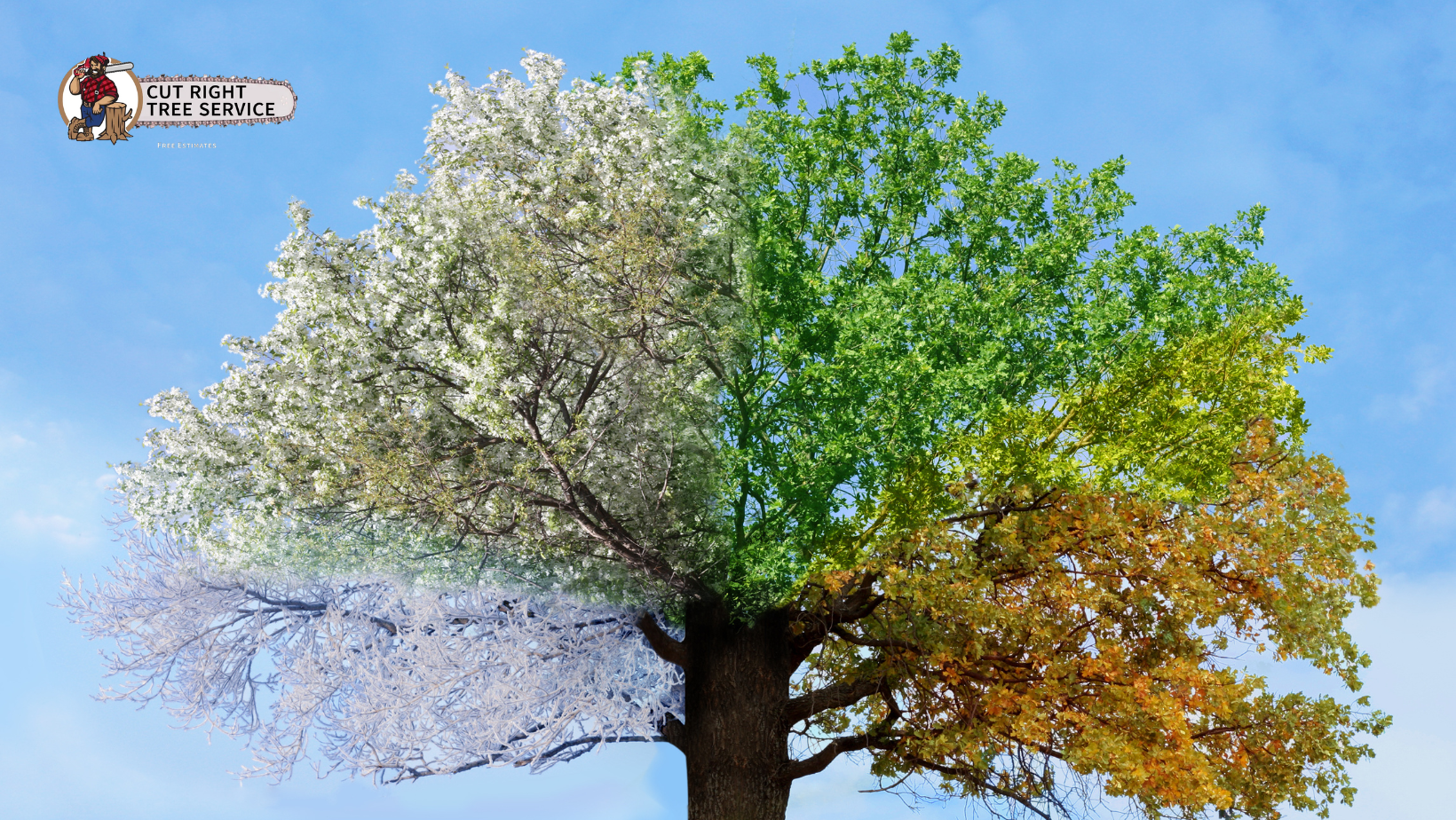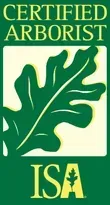The Impact of Tree Roots on Property Foundations
How Tree Roots Can Affect Your Home’s Foundation

Trees are a valuable addition to any property, providing shade, beauty, and environmental benefits. However, their root systems can sometimes pose a threat to building foundations, driveways, and underground utilities. Understanding how tree roots interact with structures and taking preventive measures can help homeowners avoid costly foundation damage.
How Do Tree Roots Affect Foundations?
While tree roots typically grow downward in search of water and nutrients, they can also extend outward and cause problems when they come into contact with structures. Here’s how they can impact your property:
- Soil Shifting and Subsidence: As roots draw moisture from the soil, the ground can shrink and settle unevenly, leading to foundation cracks.
- Root Pressure: Expanding root systems can exert pressure on foundations, sidewalks, and driveways, causing cracks and instability.
- Water Drainage Issues: Dense root networks can block drainage systems, leading to water buildup and increased pressure on foundations.
- Invasive Growth: Some tree species have aggressive root systems that can invade plumbing lines and weaken structural integrity.
Tree Species That Pose a Higher Risk to Foundations
Certain tree species have more aggressive root systems that can pose a higher risk to foundations. If you’re considering planting trees near your home, avoid these species or plant them at a safe distance:
- Willows – Known for their extensive root systems that seek out moisture.
- Poplars – Fast-growing with invasive roots that can damage foundations and plumbing.
- Silver Maples – Have shallow, widespread roots that can lift sidewalks and cause soil shifting.
- Elms – Develop long, lateral roots that can interfere with structures and underground utilities.
- Oaks – Large, mature oaks can have deep roots that impact soil stability around foundations.
How to Prevent Root Damage to Foundations
Taking a proactive approach to tree planting and maintenance can help prevent damage to your home’s foundation:
1. Choose the Right Tree Species
Opt for trees with less invasive root systems, such as:
- Dogwoods
- Redbuds
- Crape Myrtles
- Japanese Maples
2. Plant at a Safe Distance
Follow these general guidelines for planting trees based on their mature size:
- Small trees (under 20 feet tall): Plant at least 10 feet away from foundations.
- Medium trees (20-40 feet tall): Plant at least 20 feet away.
- Large trees (over 40 feet tall): Plant at least 30-50 feet away.
3. Install Root Barriers
Root barriers can help redirect root growth away from foundations. These are especially useful for existing trees planted too close to structures.
4. Monitor Soil Moisture Levels
Consistent soil moisture helps prevent uneven settling. Avoid overwatering or allowing prolonged dry conditions, which can cause soil to expand and contract excessively.
5. Regular Tree Assessments and Pruning
Professional tree care services can help manage root growth and reduce risks to your foundation. Routine tree assessments can identify potential problems before they cause damage.
Protect Your Property with Expert Tree Care
If you’re concerned about tree roots affecting your home’s foundation, our expert arborists at Cut Right Tree Service can help. From strategic planting advice to root management solutions, we provide professional tree care tailored to your property’s needs. With 30 years of experience, we provide expert tree trimming, tree assessment, and tree removal services in Chattanooga and the surrounding areas, ensuring safe and efficient work.
Call us today at (423) 260-1238 to schedule a consultation and safeguard your home from root-related damage!






